
How you arrange food items in a refrigerator can affect their taste and how long they keep.
So, investing a little time organizing the fridge properly can spare you from losing money to prematurely spoiled food — and extra trips to the grocery store.
Fortunately, implementing fixes for the following mistakes will cost you only a few minutes.
1. Not using space efficiently
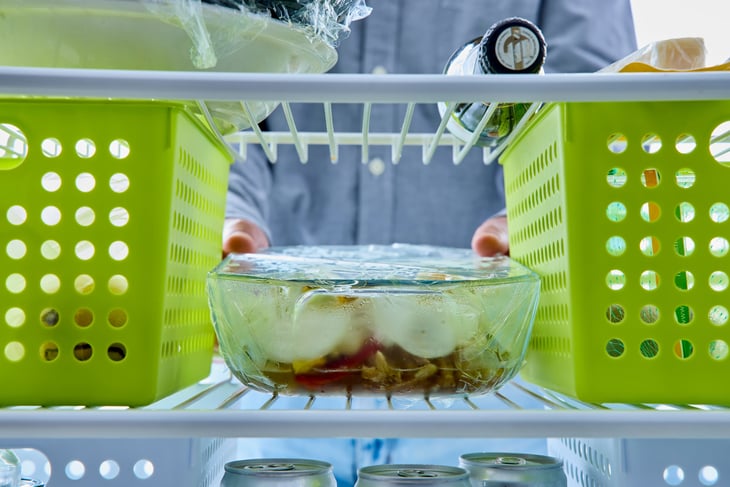
You’re paying to cool every inch of that fridge, so you want to use as much of it as possible without making it unusably cluttered. So don’t be afraid to think outside the box when organizing your refrigerator.
For example, a sponge holder designed to be stuck to the side of a kitchen sink can also be stuck to fridge walls to add vertical storage or to corral small items.
A lazy Susan is especially helpful on shelves that have a low clearance, making it harder to reach items in the back.
You can also corral items in plastic bins. This makes it easier to access foods in the back, especially if you use deep storage containers that can easily be pulled out. Use bins made of dishwasher-safe plastic so they’re easy to clean.
2. Storing the most perishable foods in the doors
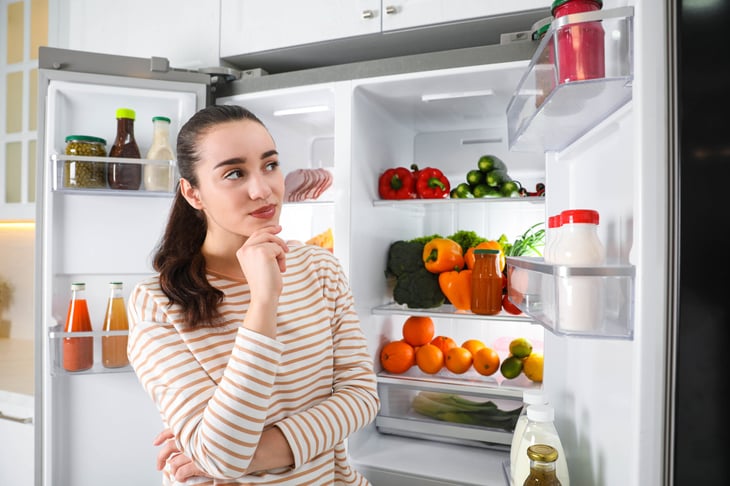
The shelves on the doors are the warmest part of the fridge, according to the Ohio State University Extension. So, store items like condiments and juice there, and keep foods like eggs and meats deeper inside the fridge.
3. Cross-contaminating with poor placement
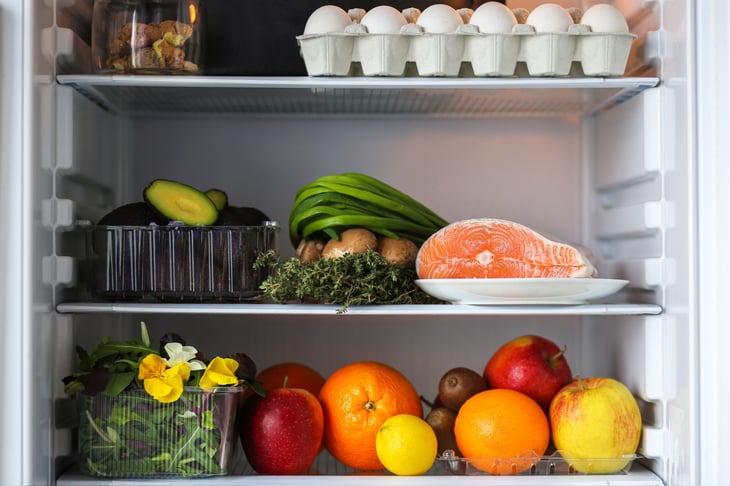
Poor fridge organization risks the spread of infection-causing bacteria from one food to another, such as when defrosting raw meat drips onto other foods. Ew.
Foods that require cooking at the highest temperatures should be stored in the lowest parts of the fridge. So, raw eggs or raw chicken, for example, should be stored on shelves that are lower than shelves where leftovers and ready-to-eat snacks are kept.
4. Keeping fish in the front
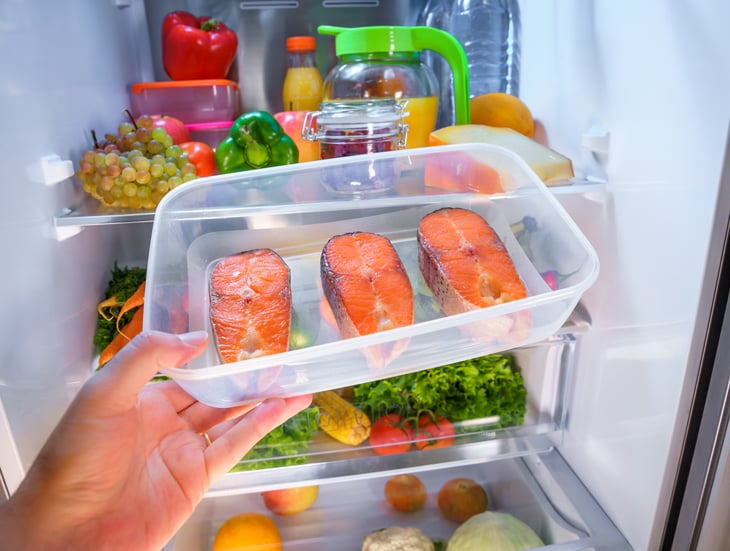
Fish stored at 32 degrees Fahrenheit will keep for twice as long as fish stored at 41 degrees, and the back of the shelves is the coldest part of a fridge, according to the Ohio State University Extension. The Extension service recommends storing fish in zipper-close bags on ice in the back of the fridge.
5. Overcrowding
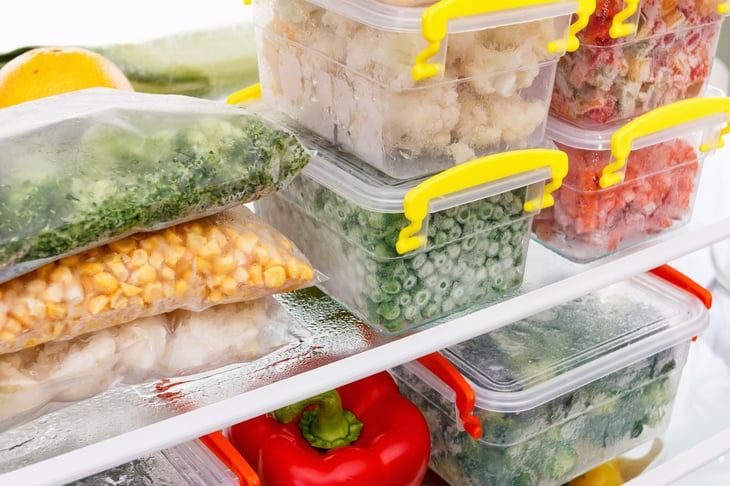
Foods cannot chill properly without cold air circulating around them, according to the U.S. Food and Drug Administration.
If you can’t create enough room in a jam-packed fridge, use the freezer to store foods like breads and many fruits and vegetables.
6. Putting things out of sight
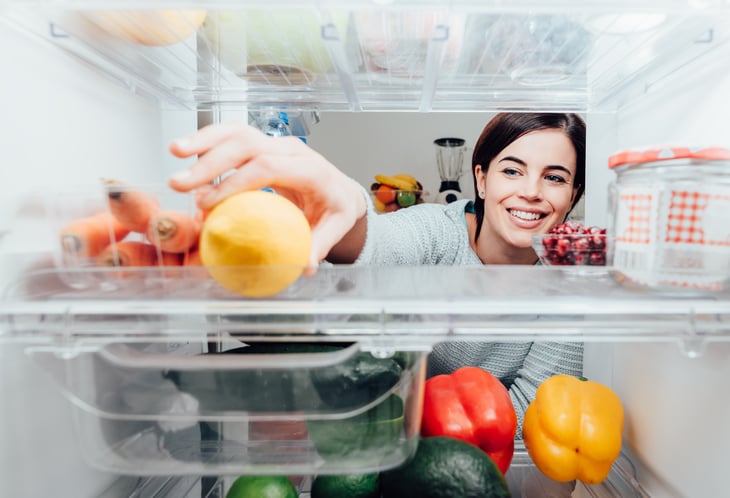
“Out of sight, out of mind” can be costly when it comes to the refrigerator. So, store produce near eye level if you’re prone to forgetting what’s in the crisper drawers until it’s already spoiled.
It also helps to store healthier foods at eye level if you’re on a diet or have a habit of reaching for the least healthy option when searching for a snack.
7. Ignoring ethylene
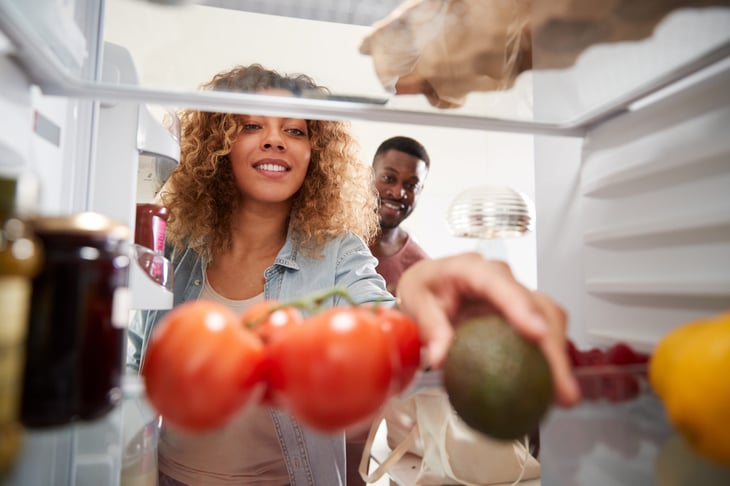
Some types of produce emit a gas known as ethylene as they ripen. Ethylene can also cause other produce to ripen faster, so you should keep ethylene-producing foods away from ethylene-sensitive foods to avoid premature spoiling.
According to the UC San Diego School of Medicine’s Center for Community Health, ethylene producers include:
- Apples
- Avocados
- Bananas
- Cantaloupe
- Kiwi
- Peaches
- Pears
- Peppers
- Tomatoes
Ethylene-sensitive foods include:
- Apples
- Asparagus
- Avocadoes
- Banana
- Broccoli
- Cantaloupe
- Collard greens
- Cucumber
- Eggplant
- Grapes
- Honeydew
- Kiwi
- Lemons
- Lettuce
- Limes
- Mangos
- Onions
- Peaches
- Pears
- Peppers
- Squash
- Sweet Potatoes
- Watermelon





Add a Comment
Our Policy: We welcome relevant and respectful comments in order to foster healthy and informative discussions. All other comments may be removed. Comments with links are automatically held for moderation.